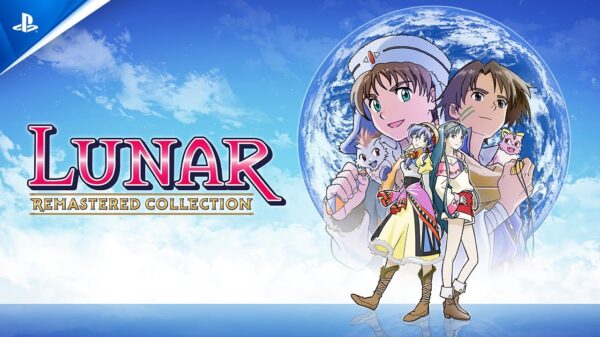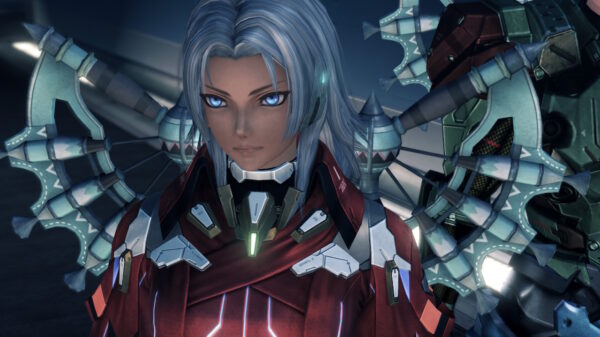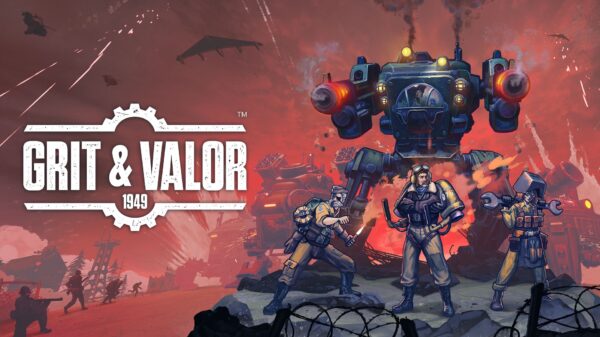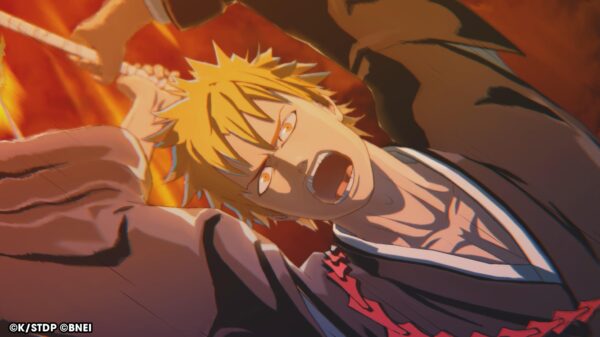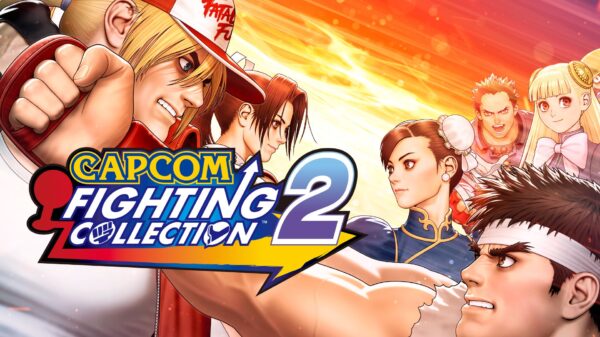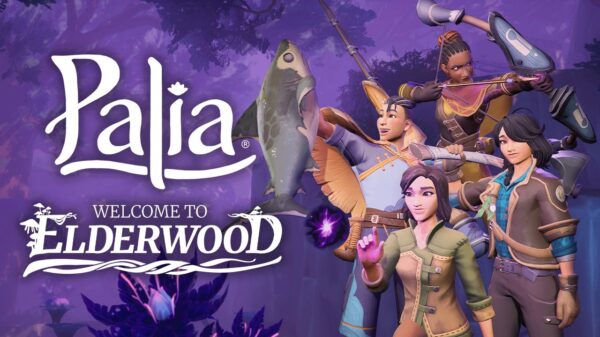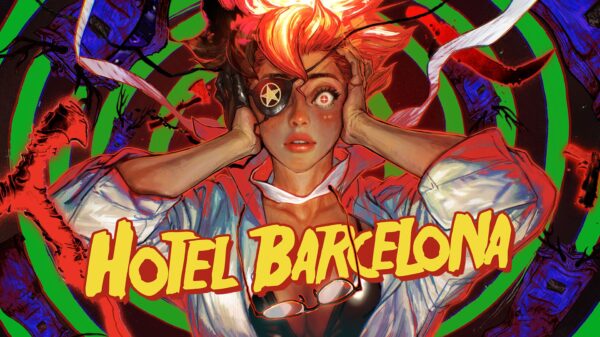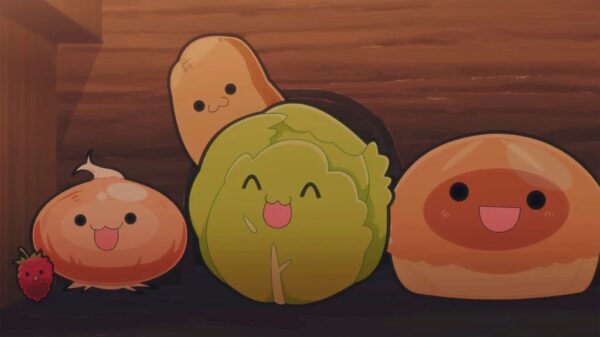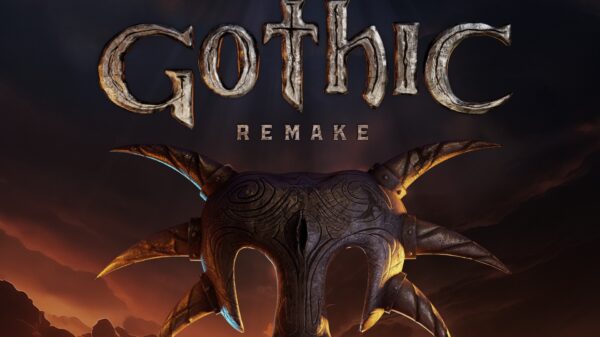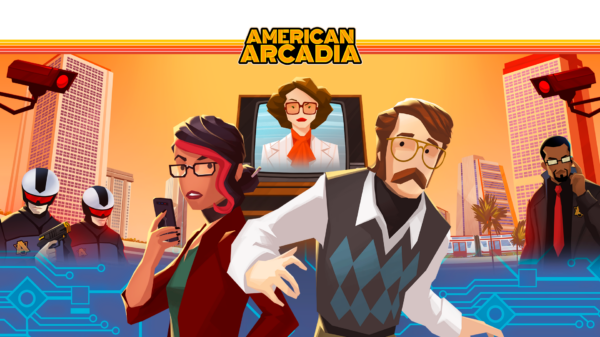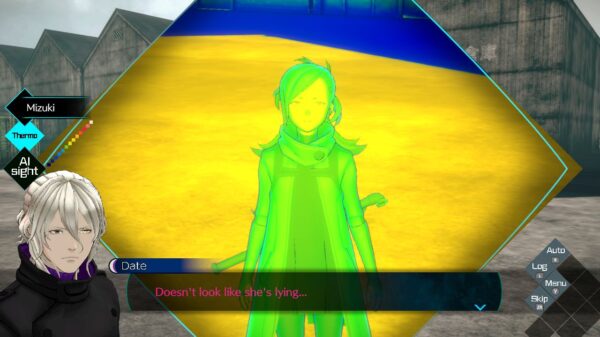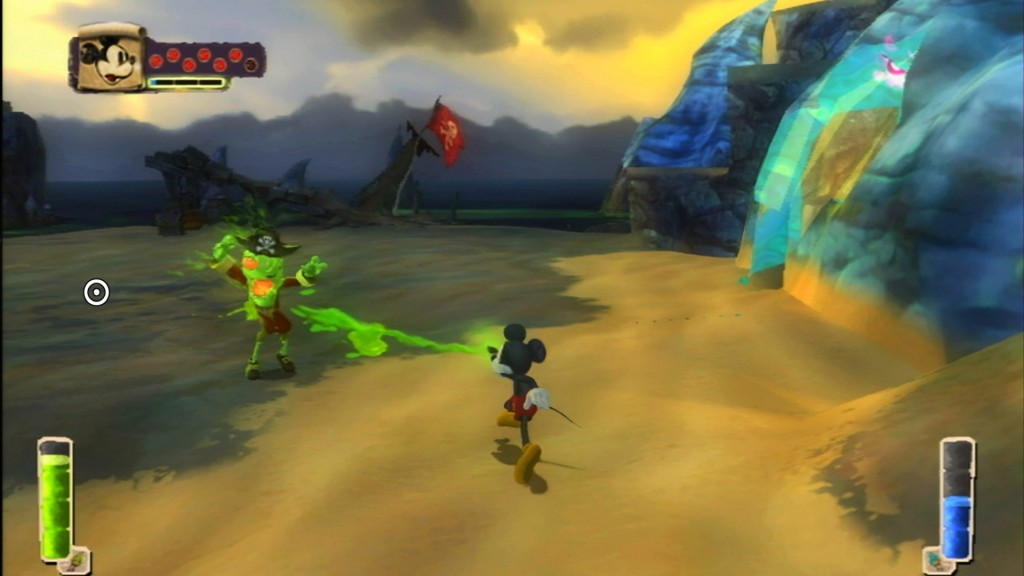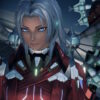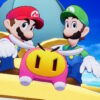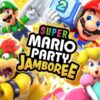I had a discussion with Zack today about Epic Mickey and I was forced not to use the word EPIC in my description of the game. I can’t do it, why? It is the picture perfect remark to describe Epic Mickey.
In the time I had in the Wasteland, it became apparent that the atmosphere is set on a basis of urgency. An urgency that only Mickey Mouse can address. Warren Specter explains the storyline as a struggle for redemption among his fellow Disney friends. Mickey finally goes too far in his mischievous ways and it ultimately causes the misfortune of Disney characters by transplanting them from their home worlds into a cartoon reject Wasteland. The Wasteland draws upon the rich history of past Disney characters, specifically those who were unable to stand the test of time as popular, iconographic mascots of the company. Oswald the Lucky Rabbit is a product of such circumstances and in Epic Mickey, he serves as the ruler of the Wasteland and the antagonist to hinder Mickey Mouse’s quest to restore the status quo and return everything back to normal.
For Mickey to address his overwhelming disparity, he must utilize the magical intrinsic powers of paint to transform the environment around him. This is integral to the gameplay because it will be up to the player to decide their “playstyle†and how one will interact with the situation when confronted with a dilemma. Epic Mickey takes into account the utilization of the paint spray and thinner. Spray allows the player to color the world and reveal platforming devices previously not available. Thinner dissipates the environment, causing objects to disappear to reveal hidden secrets or people to become blobs. I was confronted with two levels. The first was the Wasteland hub where Mickey can undertake quests and talk to various characters in need of help. The second was the Steamboat Willie level where it plays homage to a classic Disney short but also showcasing a traditional 2D style of platforming. However, the action adventure level titled Skull Island (loosely based off Peter Pan and Skull Rock) is where the game starts to unravel itself.
The objective of Skull Island is to ultimately free an anchor to raise a ship from a sea of paint thinner. Mickey is tasked with releasing the ropes that tether the anchor that will allow him to access the next zone. Yet, in this level, the “playstyle†is broad enough that a player won’t feel confined to a linear gameplay and can utilize the paintbrush mechanics to foster abilities that are unique to your preferences. For example, if you play with the thinner more than the spray, then you’ll unlock abilities that strengthen the experience of the thinner. The enemies that dominate Skull Island are blobs and can be approached in two ways. Mickey can use thinner to quickly dissipate the blobs and perform a spin attack or use the spray to befriend the blob and make it attack its former friend. In one encounter, an item collected in the game called the TV Sketch can be utilized as a distraction (blobs will just lie down and watch the TV, it’s actually pretty hilarious) as Mickey can free the tether that is holding down the anchor. Evidently, the core gameplay mechanics revolve around solving puzzles and combat.
Epic Mickey has a lot to prove amongst the tide of platform mascots but a revival of this magnitude coupled with Disney Interactive’s belief in the ambition of Warren Spector to make it a versatile game is well founded. Look forward to Epic Mickey for the Nintendo Wii this Holiday 2010.

